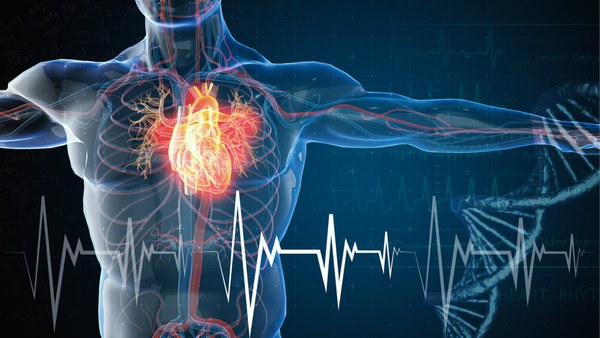System and Circuit Development: Low-Power Concepts
On the basis of the results obtained in the previous project phases, this phase focuses on optimizing the system and circuit design. The type of circuit – analog, mixed-signal or digital – plays a major role. The robustness of the circuits must also be taken into account.
Changes in the electromagnetic properties of biological tissue in the human body can be used to detect physiologically relevant dehydration. Changes in the permittivity ranging between 2 and 3 GHz are primarily measured. Some approaches also measure glucose non-invasively in the millimeter-wave range (~100 GHz). Research has increasingly focused on the measurement of physiological parameters via RF or millimeter waves for several years. The main driver of this research is the availability of integrated circuits that can be used in this frequency range and that have comparably low power consumption and, at the same time, a small volume.
Another focus is the development of analog and mixed-signal circuits in upscaled CMOS technology with low power consumption for use in neuromorphic computing. The use of machine-learning algorithms that are implemented locally in the sensor is becoming increasingly important. To keep the power use of the sensor at an acceptable level, conventional implementations of neural networks cannot be used here. New approaches on the basis of analog circuits are used instead.


